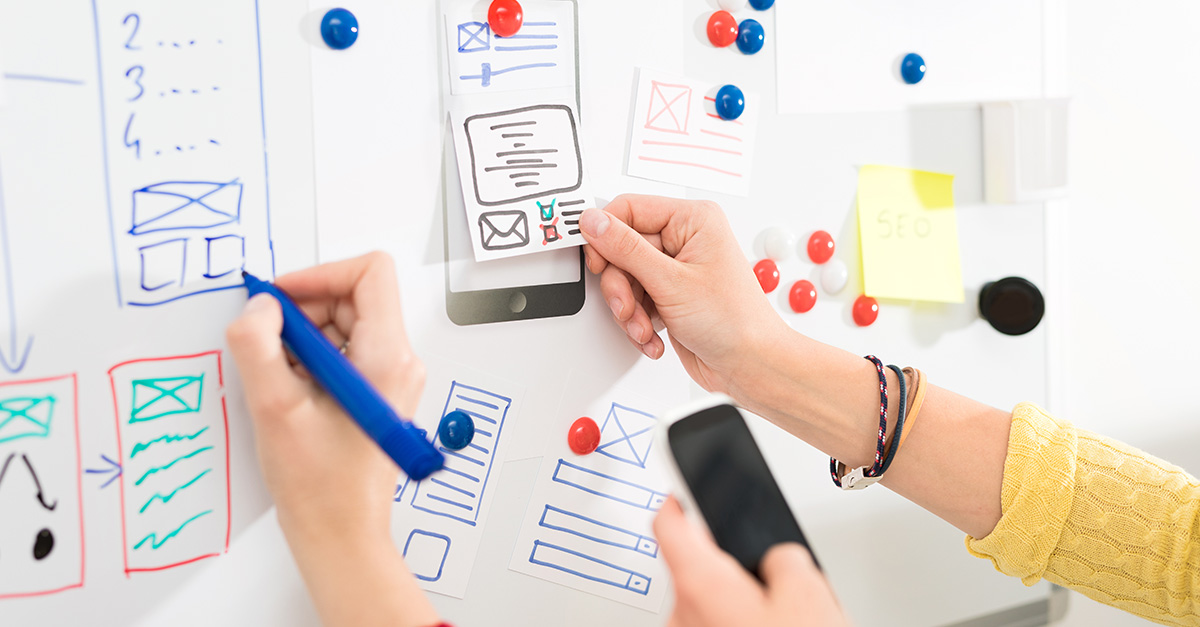“Do you think about the element of time when you design for your users?” Michelle Berrymen, UX Australia Conference, 2014.
This was one of the nuggets of inspiration that Michelle Berrymen instilled in my mind a few months ago when I attended the UX Australia conference, in Sydney.
Berrymen wasn’t just referring to the time it takes us to download a web page. A concern that plagued us back in the 90’s which today is less of an issue. Or the best day of the week to send newsletters out. She was referring to ‘Cadence’ which I learnt is “a rhythmic pattern of events and how things are experienced in the world.”
As humans, our sense of the world is intrinsically linked to time. We guide our lives by calendars and our days by watches. We count-down our existence on earth by birthdays and our achievements through life-stages. We claim that there is never enough time in the day and as we get older life seems to get faster.
The tiny screens on our watches are not the only screens that we monitor our lives with. According to Keiner Perkins Caufield & Byers’s annual Internet Trends Report, people check their phones 150 times a day. In a single day we switch from screen to screen and device to device. It depends on where we are, what we are doing, who we are with and what need from each of those screens.
Cadence can be summed up in three ways:
- Duration
- Intensity
- Repetition
Durations can vary from interaction to interaction and moment to moment. Experiences unfold over time so you have to consider the layers of cadence, which flow from milliseconds to seconds, hours, days, months, and years.
The time of day matters and different interfaces have different intensities of usage and duration.
Checking the time might take a millisecond 18 times throughout a day. Reading through emails might take a number of minutes 5 times a day, playing a game might consume 4 hours in one evening and none until a week later. Renewing your passport only occurs once every 5 to 10 years.
The user experience that is designed, should ideally match the usage pattern. Different products and services will have different levels of usage at different times. It’s important to remember that usage is contextual, not constant. What users do on a train will be different to what they do at work and at home, and that many users will also be using multiple devices at the same time.
Designers should consider the entire user experience journey. It’s not just about the experience that a person has with a brand upon making a purchase or during the purchasing session. It commences at the very first touchpoint when a person may see an advert or hear a friends recommendation. It also does not end once a person has left the store, but can continue for years.
The intensity of cadence will also vary across products and interfaces. When the app on my iPhone pings me to tell me that I haven’t logged my daily calorie intake in over 6 days that is cadence. When my Nike fuelband indicates that I haven’t moved enough in the last 2 hours that is cadence. And when I receive an email to remind me to renew my car insurance that is cadence.
Designing for cadence also needs to consider content creation. Creating interesting and useful content is not a simple task. It needs dedicated resources and clever individuals. Delivering the rich content that users will value and the right amount is key. If it’s not done right, it can annoy users by taking up too much of their time. Consider how many other alerts and messages a person may be receiving from other sources.
Cadence however is much more than a bit of proactive marketing that pings you with reminders and sends you emails. It goes much deeper than that. For me, it’s about having an insightful awareness of your users. It’s about truly understanding your users through research: by mapping usage patterns, analysing daily routines, considering your target audience life stage, lifestyle, demographics, psychographics, technographics and understanding what they need and want.
For your products and services to become part of their lives you need to understand your user deeply, so that they choose to adopt your product to be part of their life.
The experience you create needs to match their usage patterns.
Considering Cadence in projects
It is quite simple, know your users. If we don’t know who we are designing for; how will we ever understand the customer journey or the routines they have? How can we map the experiences they have and understand their motivations? How could it be possible for us to ever design things that will become part of their routine and part of their life?
As brand owners, we must ensure the budget includes; design research to better understand the target market that you want to attract and attain, for days, months and years to come.
As experience designers, you can include some of the following research methods:
- User experience journeys
- Routine maps
- Analyse touchpoints
- Contextual interviews
- Diary studies
- Worksheets [http://www.kryshiggins.com/first-time-uxworksheet/ worksheet/](http://www.kryshiggins.com/first-time-uxworksheet/worksheet/){: target=”_blank”}
- Usage and traffic logs: Analyse frequency visits and where they are coming from.
- Know your target markets demographics, psychographics, technographics.
- Life stage analysis
- Interests graphs: the online representation of the things individuals like to do online.
As Michelle Berryman nicely put it “ Design the moment, know when the next moment will be.”
References:
Michell Berryman, “Exploring the Cadence of great Experiences,” UX Australia 2014
Mary Meeker and Liang Wu, “KPCB 2013 Internet Trends 2013” http://www.kpcb.com/insights/2013-internet-trends



